What We Treat
Knee pain
Hip pain
Shoulder pain
Head and Neck pain
Ankle and Foot pain
Elbow and Wrist pain
Find out more about how we connect the dots from the deepest root & eliminate your pain from the source below!
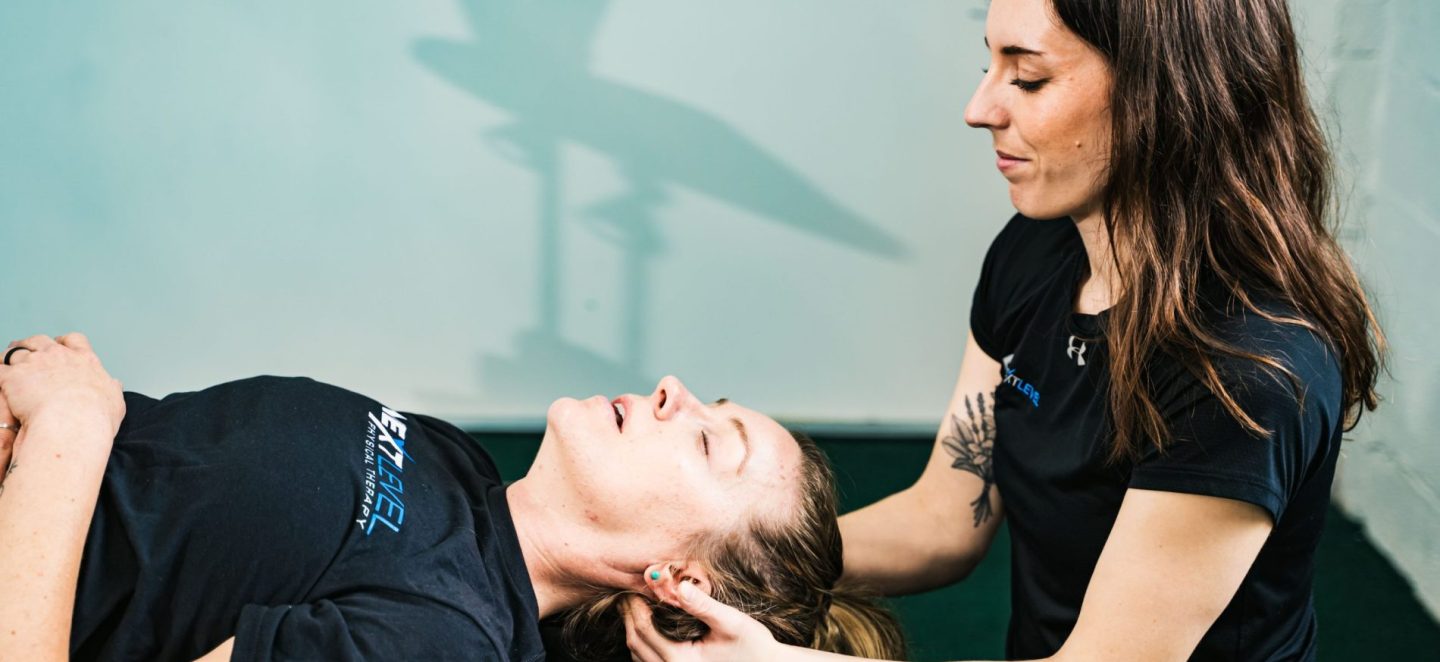
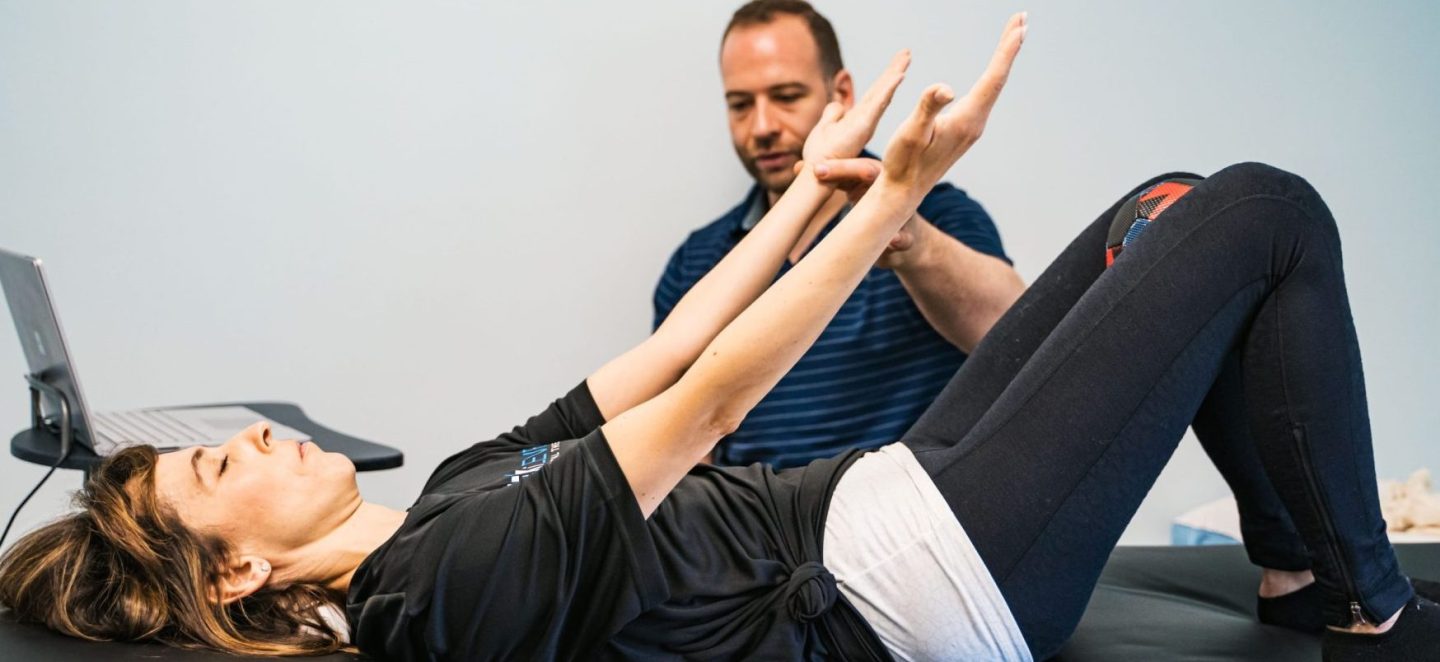
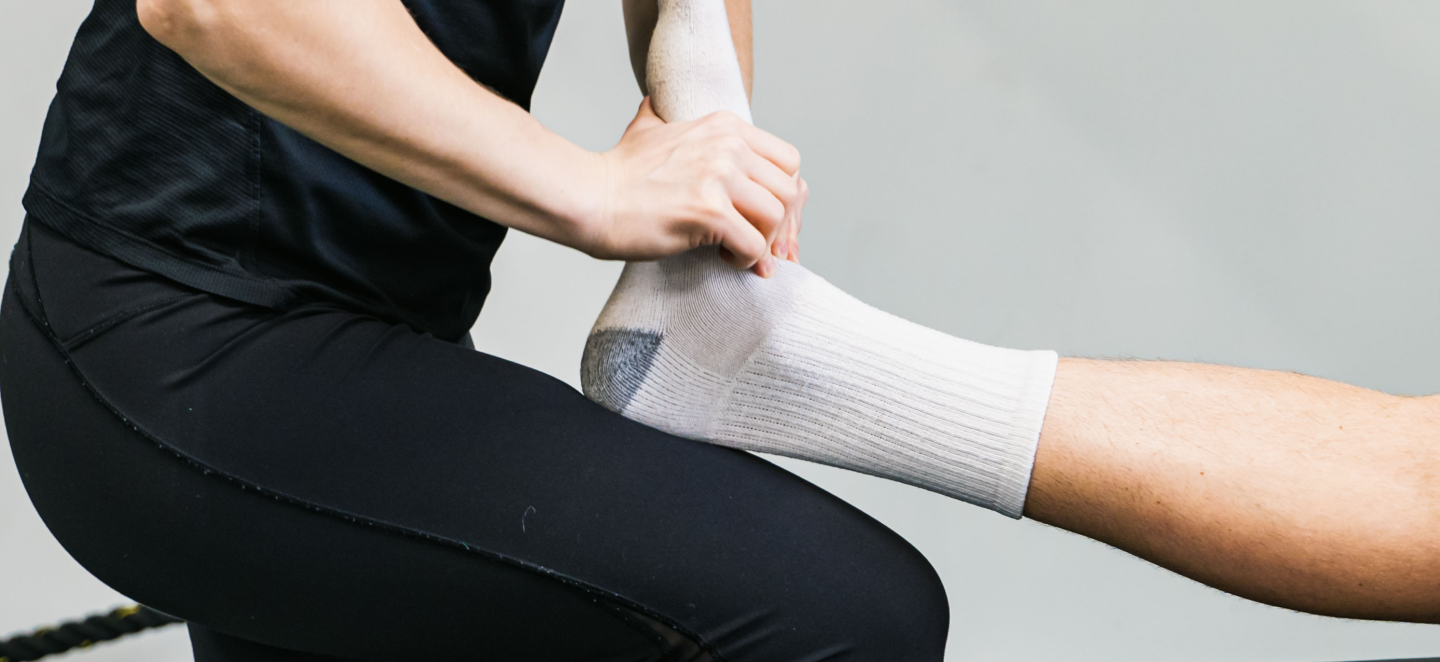
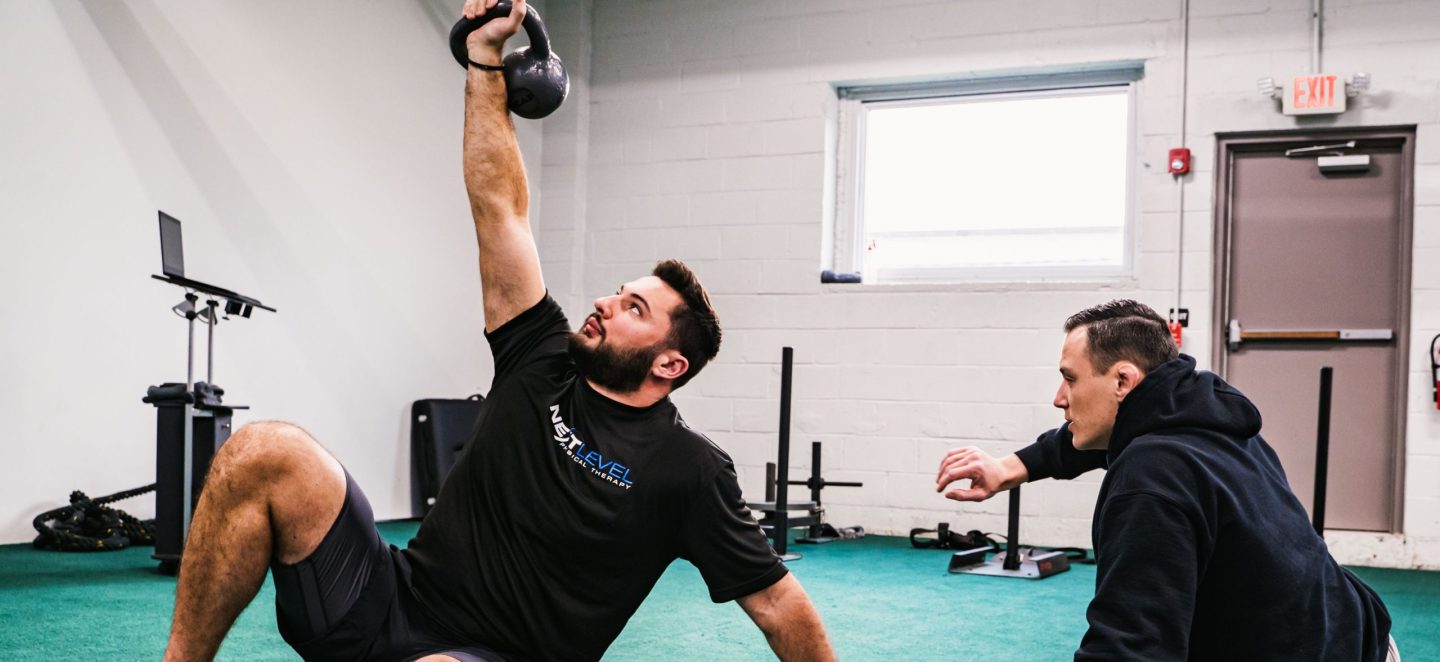
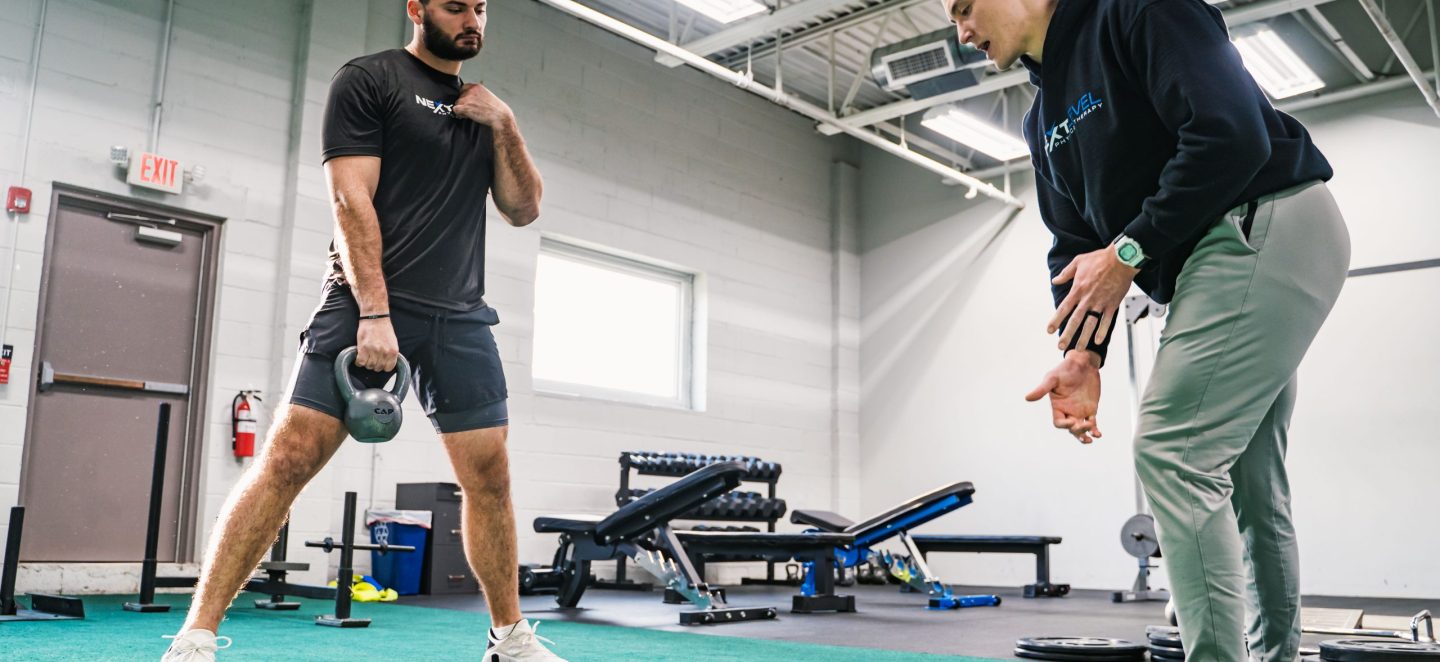
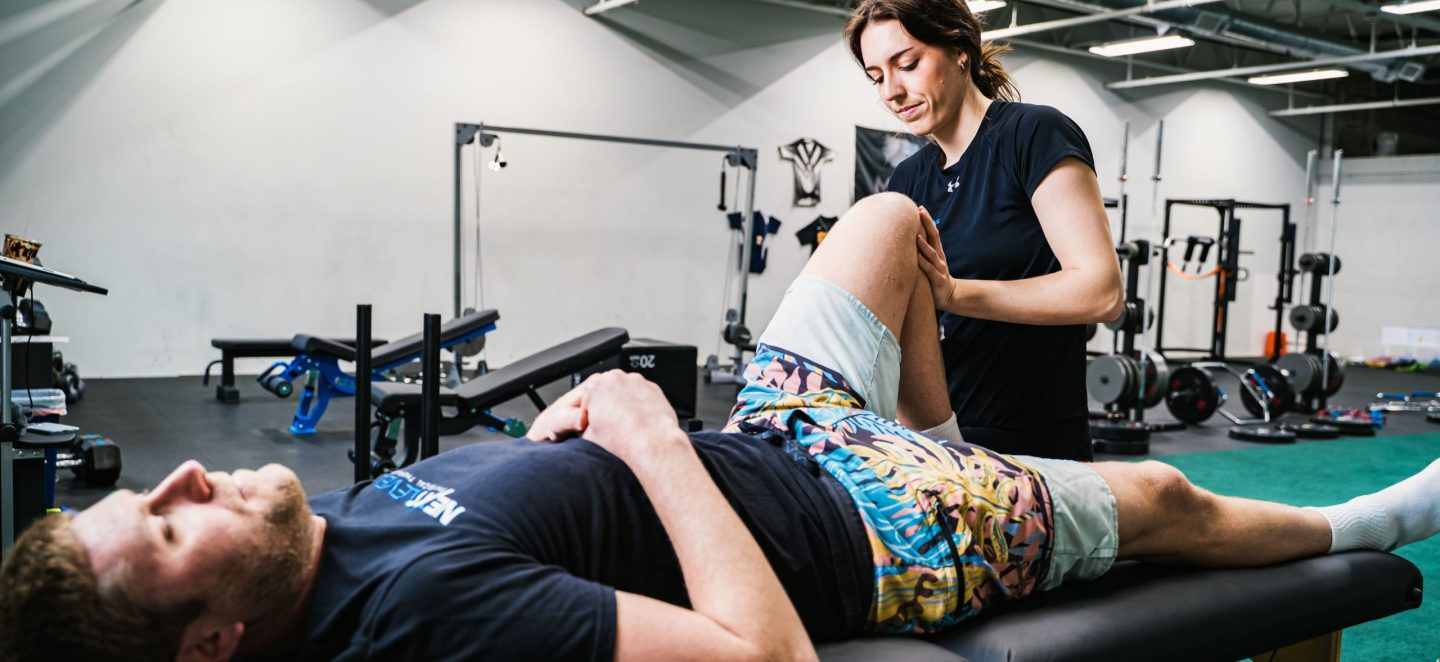
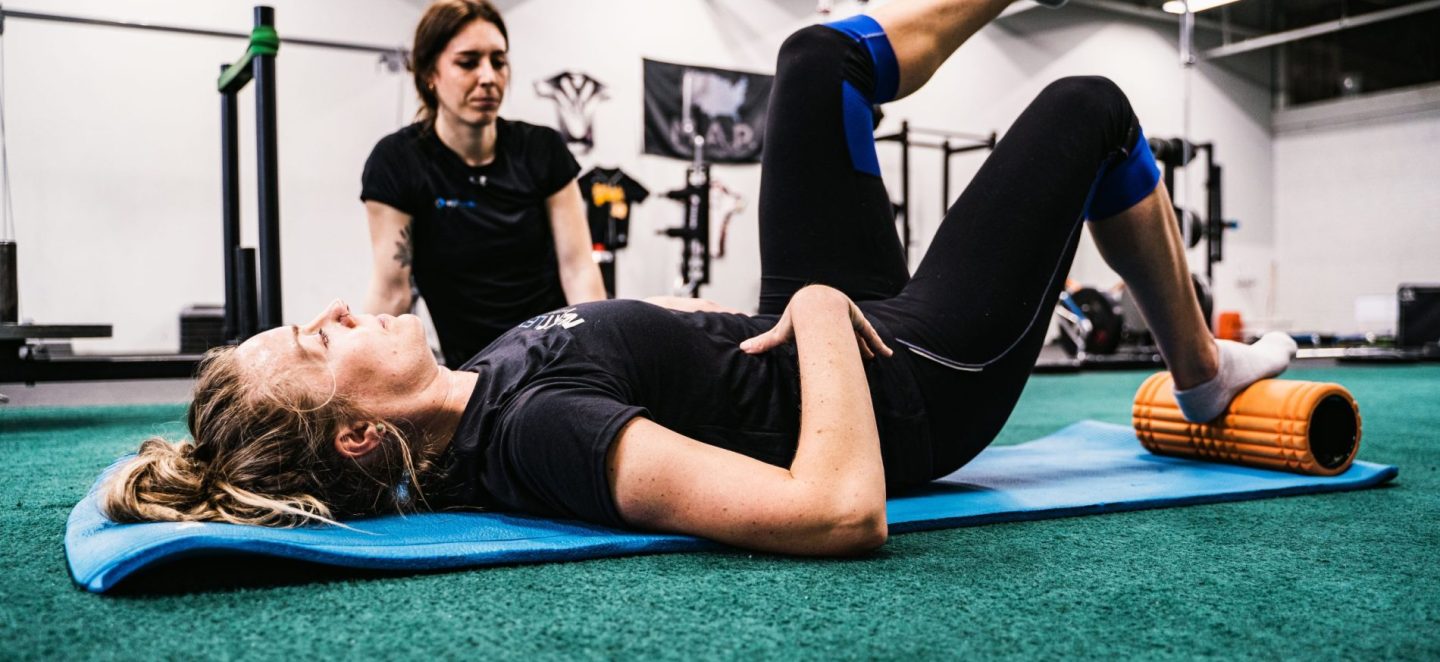
Hip pain can affect far more than just the hip itself. It often shows up with walking, running, sitting, lifting, or changing direction, and can quickly limit both daily activity and athletic performance.
Some hip pain begins after a clear injury. Other times it develops gradually from repetitive stress, training demands, or movement patterns that overload the joint over time. In many cases, symptoms are influenced by how the hip interacts with the spine, pelvis, and lower extremity rather than a single structure acting alone.
At Next Level, we work with people who seek physical therapy for hip pain when pain persists, movement feels restricted, or symptoms continue to return despite rest or previous treatment. Our approach focuses on identifying why stress is accumulating at the hip and addressing the mobility, strength, and control deficits contributing to it.
Whether pain is sharp, deep, or difficult to localize, effective treatment looks beyond the site of pain and restores how the entire system manages load and movement.
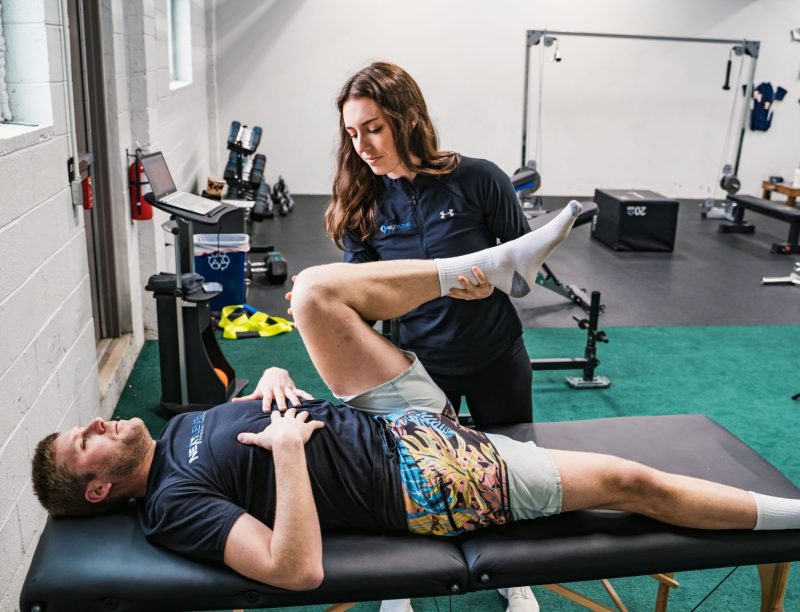
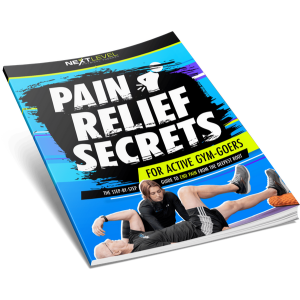
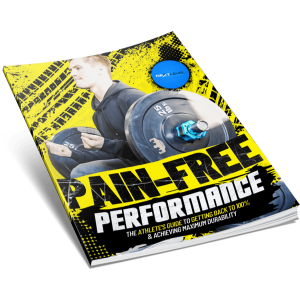
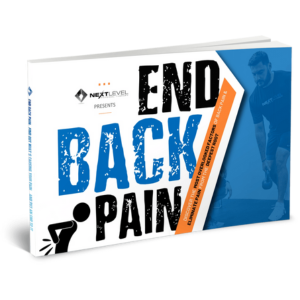
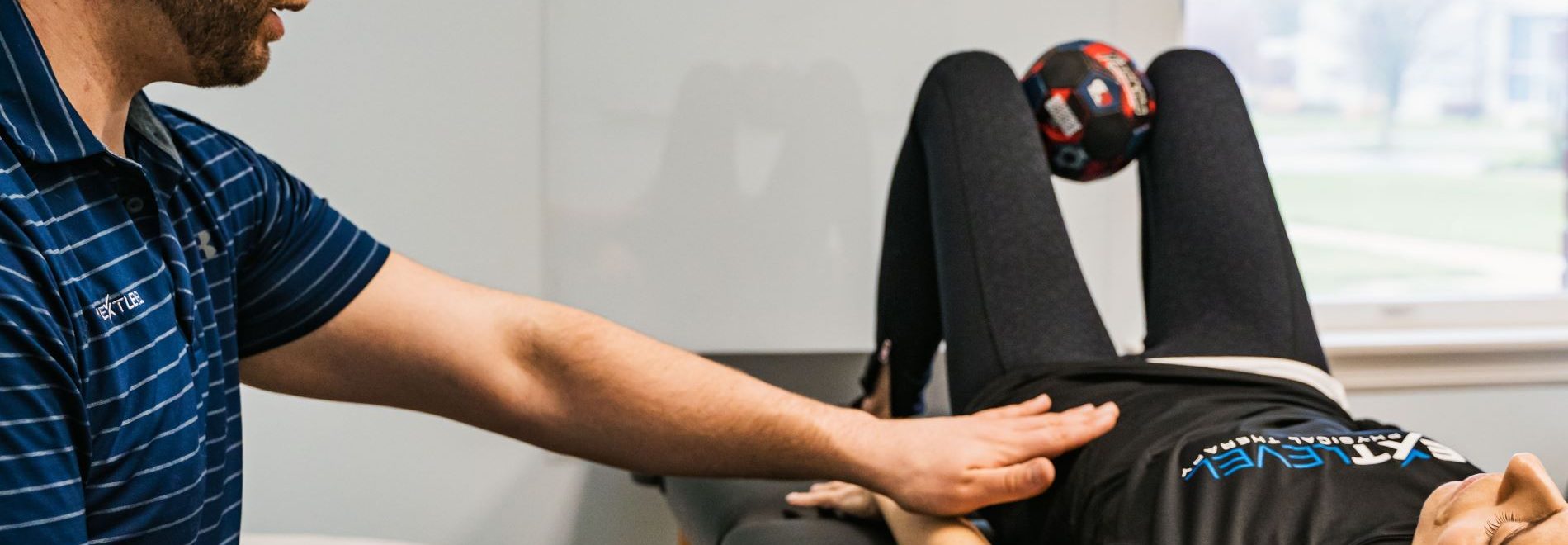





I am a fit 50-year old who has had tight hip flexors, hamstrings and hips for my whole adult life. I have been to many other healthcare professionals who gave me different stretches etc… Maybe minor improvements but still tight. In my first session with Dr Wehrhahn in April 2016, he discovered the root of my long-term tightness and provided me several exercises to work into my workout routine. The results have been outstanding. A five-star rating is not enough. I want a 6-star rating!!!! Thanks Dr W!!!!!

I have been putting off Physical Therapy on my hips for years now. All my previous experiences have been very poor. You show up, the PT has 40 other clients at the same time, they throw a band at you and tell you to do a few reps and then they don’t come back for 10 minutes. That was my impression of all PT until I saw an ad for Next Level PT on google.
I called and spoke with someone who seemed interested in my injuries and my plan to get better.
I showed up and met Dr. Elyse. She walked me through the whole process and set goals and expectations for me before we got to work.
Once we got to work, it was an experience UNLIKE any other program I had gone through. It was 1:1, it was personal and Dr. Elyse took her time with me and pushed me at the times when I needed it.
I have just wrapped up my 10 weeks. When I started, there were nights when I couldn’t walk up the steps without tears in my eyes. Those nights are gone. I am much stronger than I was when I started.
I will always have to work at this to keep the pain under control and fight off hip replacements, but Dr. Elyse gave me the tools and the confidence to be able to live a more active life and I am truly grateful for that.
I will recommend Next Level Physical Therapy to anyone looking for PT.
Also, Nicki, the client care Specialist, is an absolute delight to see before every session and always made the effort to find times for appointments that fit my schedule.

As a high-level beach volleyball player who suffered a torn hip flexor in September 2019, learning the root cause of the injury and fixing it so it could be prevented in the future was paramount. My trainer, Kevin Wagner, recommended Dr. Ben Fan at Next Level Physical Therapy because of his personal experience as a beach volleyball player as well as his deep understanding of human movement. Within an hour, Dr. Ben was able to diagnose my issue and its root cause (misaligned hips), recommend a treatment plan, and give me a timeline to fully recover. However, he reinforced the idea that in order to stay healthy, the program I was about to begin would need to become a part of my athletic routine. Dr. Ben put me through rigorous workouts, combining body positioning with breathwork to help my body open up and correct its positioning. Every day he was attentive, receptive, and patient working with me, fielding dozens of questions in order to explain his recommendations and their benefits. His easy-going demeanor and high levels of professionalism are a reflection of the expectation of service that Next Level Physical Therapy offers. I could not be more grateful I went to Next Level – I am a better patient and athlete as a result.